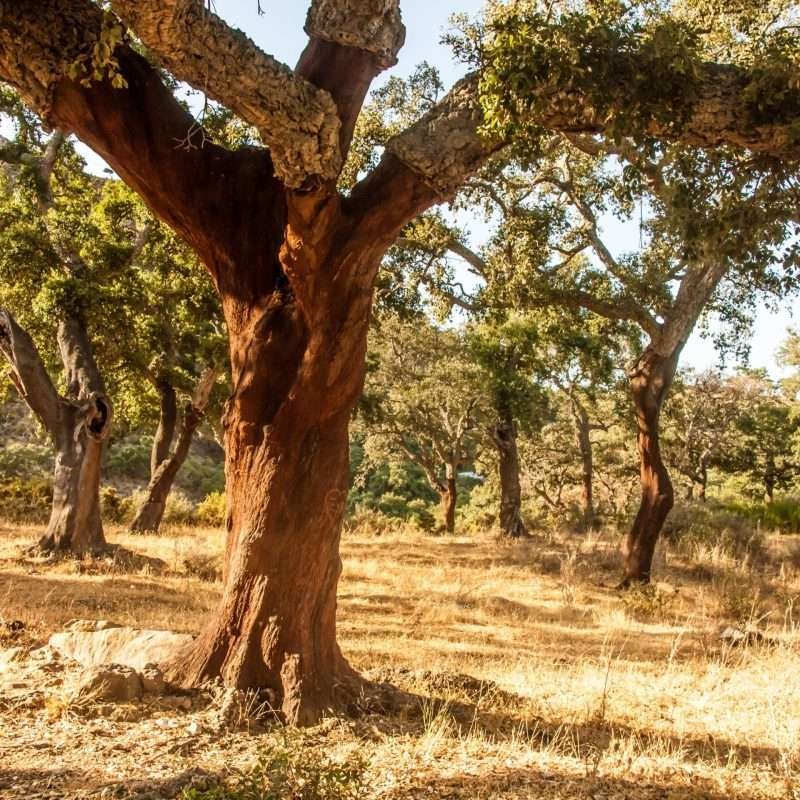
Yoga Off The Mat
10 Tips for a Plastic-Free July: How You Can Make a Difference
Plastic pollution has become one of the most pressing environmental issues of our time. Every year, over 8 million tons of plastic waste enter our oceans, harming marine life, polluting ecosystems, and even entering the food chain. Studies show that by 2050, there could be more plastic in the ocean than fish, by weight. The good news? We have the power to change this.
The Boho Flow Gift Guide: 7 Eco Yoga Gift Ideas for This Christmas
The holiday season is an ideal opportunity to give eco-friendly gifts that spread joy, especially for yoga enthusiasts. Consider sustainable options like cork yoga mats, DIY aromatherapy pillows, reusable water bottles, and plant-based cleaners. Thoughtful choices reflect mindfulness and care for the planet, enhancing the gift-giving experience.
What is the Best Time to Practice Yoga?
The article discusses the significance of timing in yoga practice, particularly Asana. Early morning is ideal for enhancing spiritual growth and physical activation, while midday offers opportunities for restorative breaks. Evening sessions focus on relaxation and winding down. Adaptation to modern schedules is emphasized, stressing the importance of consistency over specific timing.
The Fifth Limb of Ashtanga Yoga: Pratyahara – The Art of Sensory Withdrawal
Pratyahara, often referred to as "withdrawal of the senses," is about learning to tune out external distractions and turn our focus inward. This practice sets the stage for deeper concentration (Dharana) and meditation (Dhyana), which follow in the last three limbs of Ashtanga Yoga. Let's take a closer look at what Pratyahara is all about, why it's important, and how you can practice it.
What is Pranayama: The Fourth Limb of Ashtanga Yoga
The fourth limb, Pranayama, is often translated as "breath control" but carries a deeper significance. The term is derived from two Sanskrit words: "prana," meaning life force or vital energy, and "ayama," meaning expansion or control. Pranayama, therefore, refers to the regulation and expansion of the life force through deliberate breathing techniques. In traditional yogic philosophy, there is a belief that one's lifespan is measured in breaths.
Why Do We Practice Asana: Exploring The Third Limb of Yoga
The third limb is Asana, which refers to the physical postures of yoga. The word "Asana" comes from the Sanskrit root "ās" which means "to sit" or "to be established in a particular position." The original purpose of the physical practice of yoga, known as Asana, was to prepare the body for prolonged periods of meditation and to facilitate the spiritual journey toward self-realization and enlightenment.
What are the Niyamas: Exploring The Second Limb of Yoga
Following the Yamas, which provide ethical guidelines for our interactions with the external world, the second of the eight limbs is the Niyamas. These are personal observances or disciplines that guide our inner growth and help us cultivate a positive and harmonious inner life. Hereby, Ni (नि) translates to “within” and Yama (यम) to “restraint”. The Niyamas consist of five principles that support the development of self-discipline, purity, and contentment.
An Introduction to the Eight Limbs of Yoga: What are the Yamas?
Patanjali’s Yoga Sutras, a foundational text of classical yoga philosophy, outline an eight-limbed path to above mentioned enlightenment and self-realization. The first of the eight limbs are the Yamas. The Yamas are ethical guidelines or moral imperatives that govern our behavior and interactions with the world around us. The Yamas are the foundation upon which a yogic lifestyle is built and provide a moral compass.
How is Cork Harvested: The Eco-Friendly Journey of Cork from Tree to Yoga Mat
Cork is harvested from the cork oak tree (Quercus suber), which primarily grows in the Mediterranean region. Countries like Portugal and Spain are well-known suppliers for the raw cork material. The process of harvesting cork is unique and sustainable, involving careful techniques that ensure the tree's health and longevity. Here’s how it works.
The Power of Affirmations: A Simple and Effective Way to Transform Your Mindset and Life
Affirmations – or positive statements, when repeated regularly, have the potential to transform our mindset, behavior, and ultimately, our lives. But what exactly are affirmations, where do they originate, how can we use them, and what purpose do they serve? In this article, we will explain exactly what affirmations are, how they work and why they’re so effective. So, let’s dive in!










